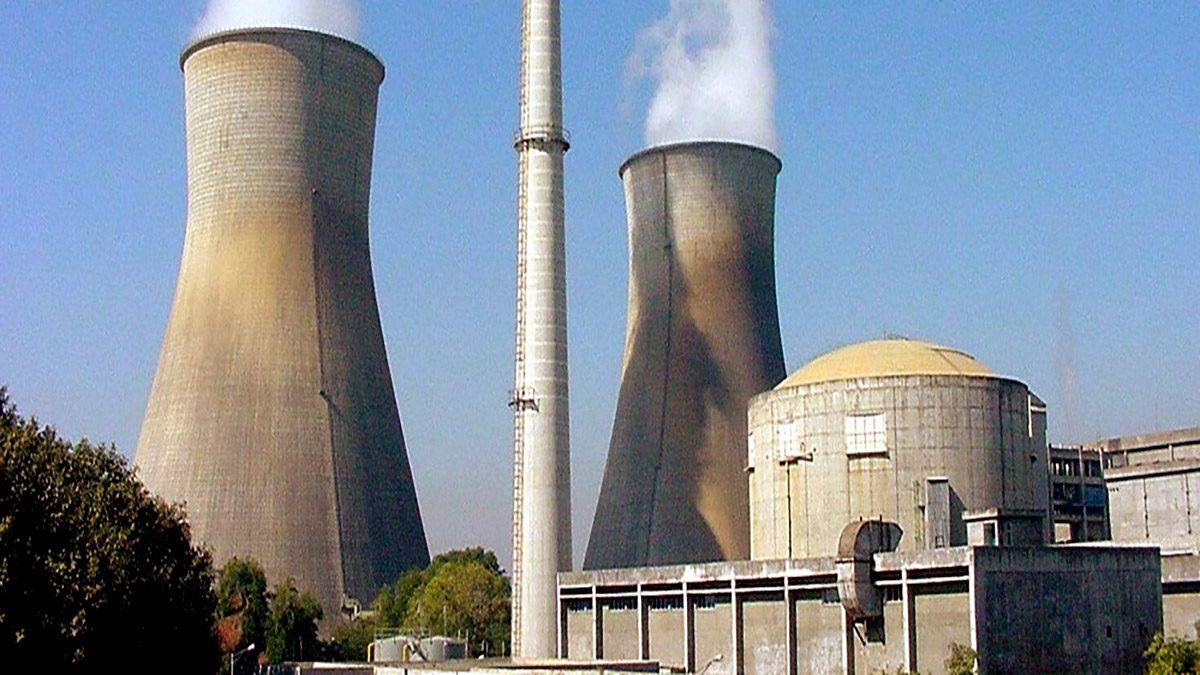In a significant development, the Union Minister of State (Independent Charge) for Atomic Energy, Dr Jitendra Singh, announced that India’s nuclear power capacity is poised to surge from the current 7,480 MW to an impressive 22,480 MW by the year 2031. The ambitious plan is expected to be realized through the progressive completion of ongoing projects and the establishment of new nuclear reactors in the country.
India’s nuclear power sector presently comprises 23 nuclear power reactors, with an installed capacity of 7,480 MW. In the financial year 2022-23, these reactors generated an estimated 46,982 Million Units of electricity, accounting for approximately 2.8% of the total electricity generation in the country.
According to Dr Jitendra Singh, the expansion of nuclear power capacity is part of the government’s comprehensive strategy to diversify the energy mix and enhance the contribution of nuclear energy to the national power grid. He emphasized that nuclear energy is a clean and sustainable source of power, playing a crucial role in the country’s energy security and meeting the increasing demands of India’s growing economy.
The expansion plan includes the completion of ongoing nuclear projects and the approval for setting up new nuclear reactors at additional sites. The newly sanctioned projects aim to bolster India’s energy infrastructure and reduce its dependence on fossil fuels, aligning with the government’s commitment to sustainable development and combating climate change.
Here are some of the major nuclear power installations contributing to the present capacity and the expansion:
- Tarapur Atomic Power Station (TAPS) in Maharashtra currently consists of TAPS-1 & TAPS-2 with a capacity of 160 MW each, TAPS-3 with 540 MW, and TAPS-4 with 540 MW.
- Rawatbhata Atomic Power Station (RAPS) in Rajasthan houses RAPS-1 with 100 MW, RAPS-2 with 200 MW, RAPS-3 & RAPS-4 with 220 MW each, and RAPS-5 & RAPS-6, both with 220 MW capacity.
- Madras Atomic Power Station (MAPS) in Tamil Nadu comprises MAPS-1 & MAPS-2, both with 220 MW capacity, while the Kudankulam Nuclear Power Plant (KKNPP) has two units, KKNPP-1 and KKNPP-2, each generating 1,000 MW.
- Narora Atomic Power Station (NAPS) in Uttar Pradesh operates NAPS-1 and NAPS-2, both with a capacity of 220 MW.
- Kakrapar Atomic Power Station (KAPS) in Gujarat includes KAPS-1 and KAPS-2, each with 220 MW, along with the upcoming KAPS-3 with 700 MW capacity.
- Kaiga Generating Station (KGS) in Karnataka comprises four units, KGS-1, KGS-2, KGS-3, and KGS-4, all with a capacity of 220 MW each.
The Indian government’s commitment to nuclear power also involves harnessing modern technologies and ensuring the highest safety standards at all nuclear facilities. By expanding the nuclear power sector, India aims to enhance its position as a major player in the global nuclear energy landscape while ensuring sustainable growth and development.



